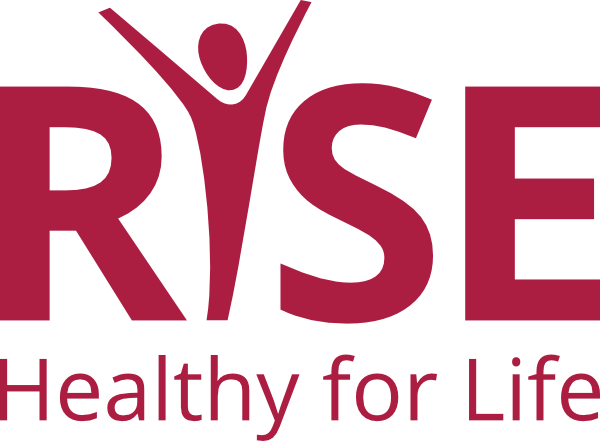You can’t solve systemic problems with programs alone
Collective impact involves cross-sector cooperation as well as empowering individual participation from stakeholders who have information and perspectives to share. From nonprofit organizations to law enforcement, university departments to local businesses, health care and mental health professionals to government agencies, we are better when we work together.
Join us
Join us on Zoom (register here) as we convene a collective impact initiative to enhance health, safety, and quality of life as they relate to relationships, sex, and sexuality.
If you or someone from your organization are not able to attend but are interested in being part of this initiative, contact us and we will share more information with you after the meeting, potentially including notes and/or a recording of the main session of this convening.
What to expect at this Convening
Introductions: Who is here, what does their work have to do with health and safety, sex and sexuality?
Collective impact overview: Brief overview of collective impact with Q&A
What’s in your toolbox? What do you/your organization bring in terms of knowledge of issues, engagement with stakeholders, organizational capacity, and skills?
2 breakouts sessions:
Systems change we need—A look at some of the institutionalized cultural norms and the challenges they create
Centering equity in our work—How do we make sure we are addressing the issues that are most harmful to stakeholders, hearing marginalized voices, and maintaining equity within the collective?
Energy and inspiration
Plan for moving forward
What is Collective Impact?
According to the Collective Impact Forum, collective impact brings people together in a dynamic, structured way, to achieve systems change. It starts with a common agenda, coming together to define issues and create a shared vision for addressing them. It establishes shared measurements so the initiative can track its progress and improve on its work. It fosters mutually reinforcing activities to maximize end results. It requires continuous communication to build trust and coordinate efforts. And it has a strong backbone, an organization or team dedicated to orchestrating the work, as well as an active steering committee and shorter term working groups.

